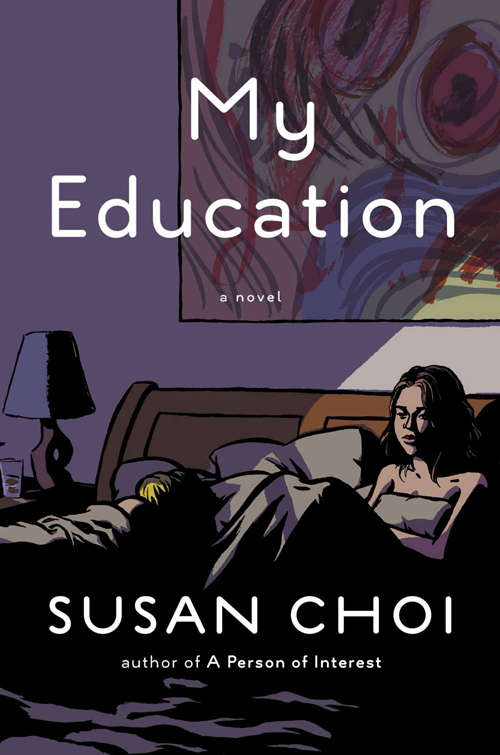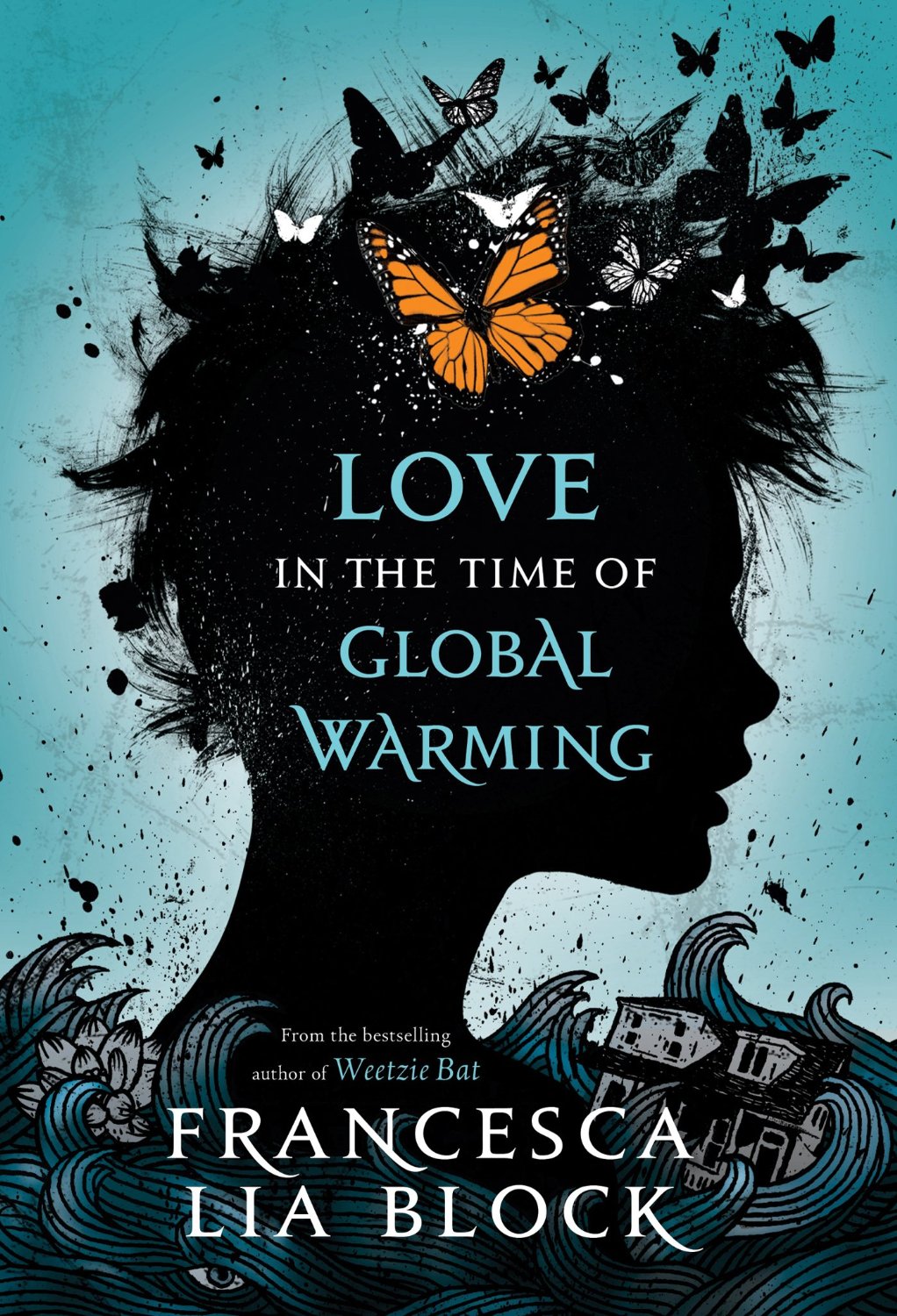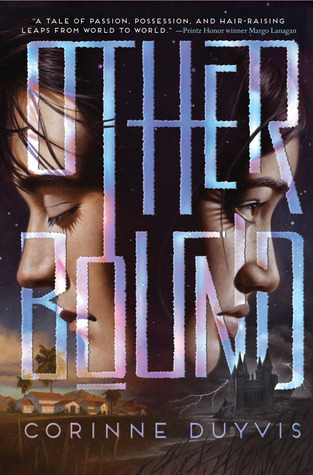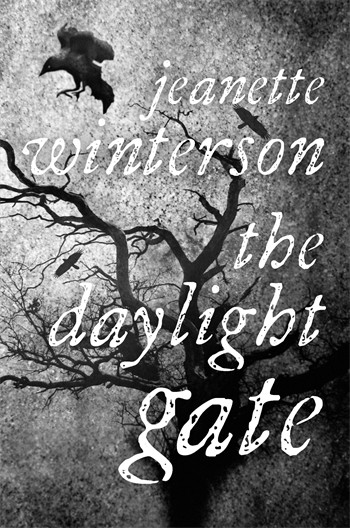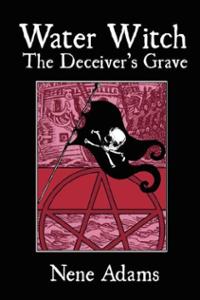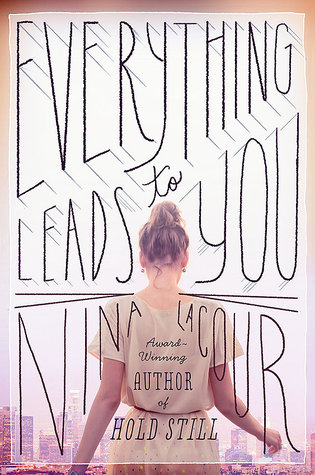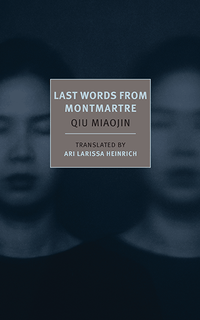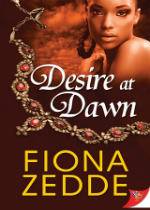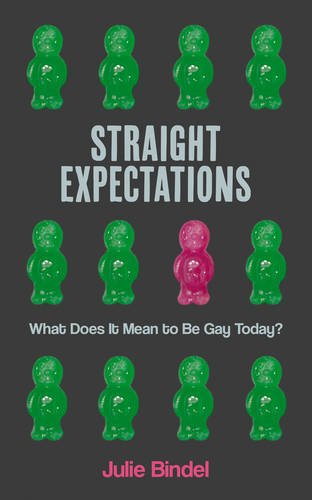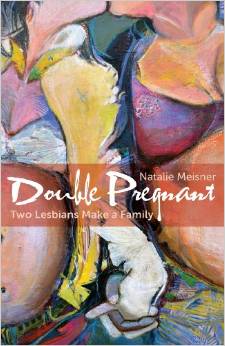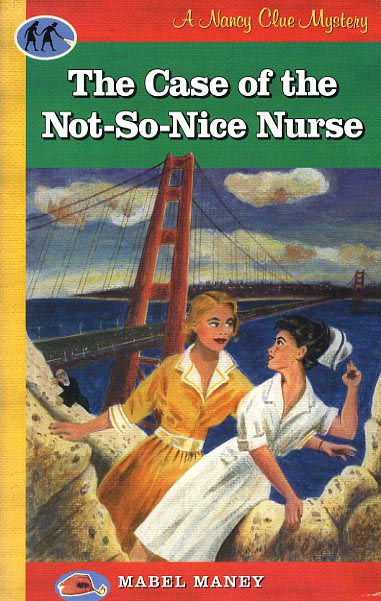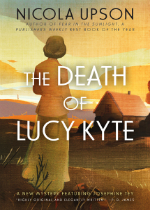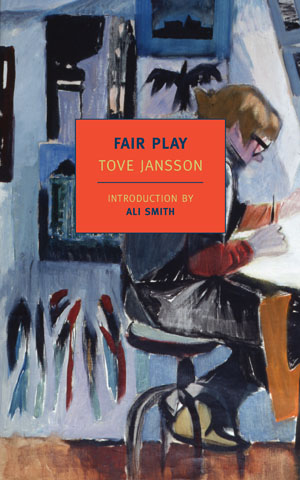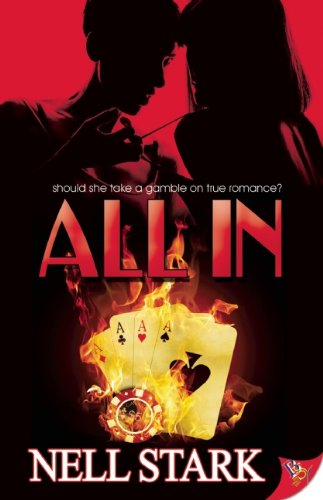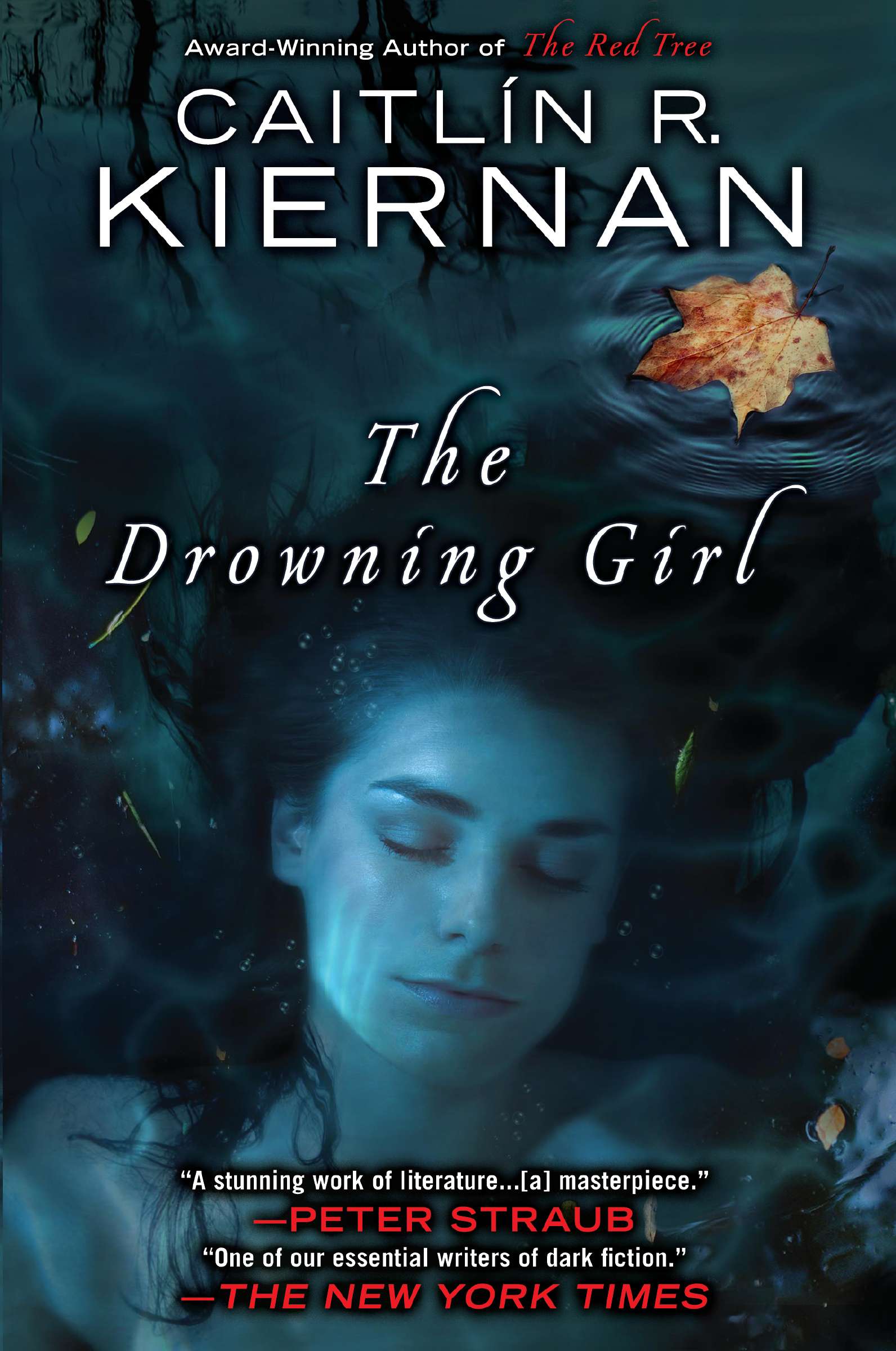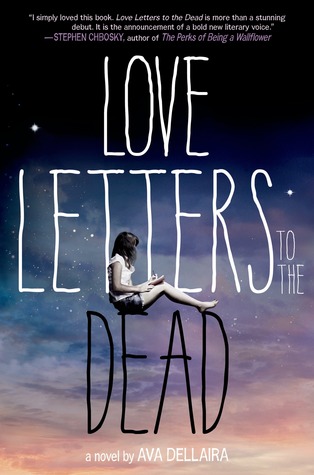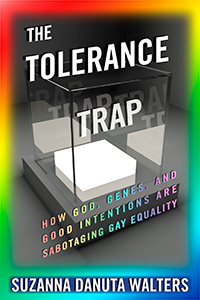The setting is the Southern USA during the span of time from 1948 – 1965. The title character is sent to the small town of Myrtlewood, Alabama, to work as a secretary for Tommie Dubose. Mary McGhee soon realizes, however, that she is not really working for Tommie, but instead her employer is the beautiful and precious Lila Dubose, Tommie’s wife. Mary becomes infatuated to the point where she can not remain silent but must make her feelings known. Once that small piece of the narrative is surmounted, the real story takes off.
Month: June 2014
TB reviews DRIVE by J. L. Gaynor
Kate and Susan were best of friends. Then things progressed, yet they tried to keep their relationship a secret from friends and family. And they both promised that they would always be together. Aw, first loves and the hopes we place on them.
When their secret is discovered, things start to unravel, including their relationship.
I’ve always been fascinated by the fact that every story has two sides. Back in my younger days, I had a hard time seeing that. Everything was black and white. Now, I always (I don’t always succeed) try to step back and see things from both perspectives. Not only is it illuminating, but it can also be terrifying.
That’s the intent of DRIVE.
Every story has two sides, at least. Yet, many novels show everything from one point of view. DRIVE by J. L. Gaynor tells the story from Kate’s and then Susan’s point of views. This could be messy and repetitive, but Gaynor avoids both pitfalls and created an enjoyable, albeit emotional, story. First loves are exciting and can leave permanent scars. This book delves into the importance of relationships, friendships, and forgiveness.
I do wish the author shared more of the story from the beginning instead of diving right in when the unraveling started. I think it would round it out more and make the readers care more about what happened and why it was so devastating to Kate and Susan.
Setting this aside, I enjoyed the story and I look forward to reading more by this author.It’s a wonderful story that sucked me in and made me think.
Link Round Up: June 19 – 25
The Advocate posted Read This Year’s Best Bisexual Fiction.
Autostraddle posted Lumberjanes #3 Has Adventure, Math and Science and Logic To The Max! and South Carolina Punishes Universities for LGBT Reading List with Extra Dose of America.
Kate Leth posted Comics Alliance Presents Kate Or Die: All-Ages LGBT Content.
“Is This Just Fantasy?: LGBTQ+ Speculative Fiction” was reviewed at YALSA The Hub.
Tiger Heron by Robin Becker was reviewed at Lambda Literary.
Otherbound by Corinne Duyvis was reviewed at Rich In Color.
Calling Dr. Laura: A Graphic Memoir by Nicole J. Georges was reviewed at LGBTQ Recs Month.
Deep Merge by Linda North was reviewed at Lesbian Reading Room.
Among Other Things, I’ve Taken Up Smoking by Aoibheann Sweeney was reviewed at LGBTQ Recs Month.
Skim by Mariko and Jillian Tamaki was reviewed at LGBTQ Recs Month.
Tipping the Velvet by Sarah Waters was reviewed at The Voyage Out Book Club.
In This Small Spot by Caren J. Werlinger was reviewed at Lesbian Reading Room.
The Daylight Gate by Jeanette Winterson was reviewed at Tor.
War of the Streets and Houses by Sophie Yanow was reviewed at Lambda Literary.
This post, and all posts at the Lesbrary, have the covers linked to their Amazon pages. If you click through and buy something, I might get a small referral fee. For even more links, check out the Lesbrary’s twitter page! We’re also on Facebook, Goodreads, Youtube and tumblr.
Rachel reviews Water Witch: The Deceiver’s Grave by Nene Adams
Novels about lesbians and pirates seem to be an ever-growing popular genre. I’m happy to recommend a book that has these things: Water Witch: The Deceiver’s Grave by Nene Adams.
The story starts as female pirate captain, Bess O’Bedlam, goes to Antigua to follow up on a rumor about the whereabouts of another pirate, Fancy Tom Carew, and his lost ship, the Deceiver. Treasure is believed to have been on board Carew’s ship, and Bess loves gold, so the opportunity seems too good to pass up. She learns that another woman, Marguerite de Vries, may be the key to finding the treasure. So she kidnaps the woman and brings her aboard her ship, the Mad Maudlin.
Marguerite, an orphan-turned-thief, has no idea why she is linked to Tom Carew, except for a strange tattoo on her shoulder that she’s never been able to really explain. At first, she and Bess hate each other and then they try to seduce each other for their own gains, but in reality, there is a genuine attraction between them that neither will admit at first. As they get closer to finding the Deceiver, Bess and Marguerite soon learn that there is a lot more at stake than just lost treasure, and there are supernatural forces at work.
Water Witch, though it takes place in a real time period, has magic, demons, witch-fire, and spook-binding spells that give the book a more ghostly appeal. So many characters in the book have some knowledge of magic. That takes away some realism from the book, but not much, because the rest feels so real. And the magic is a pretty good touch.
The story itself, besides the supernatural, seems very much in keeping with what went on in the Caribbean in the eighteenth century. There is nautical jargon and old slang terms that I had to look up in the glossary. Though annoying at times to stop in the middle of a tense scene to look something up, the story certainly seemed more authentic.
Water Witch was packed with action, especially near the end. Sea battles, demon attacks, sword fights, and a deadly showdown kept me reading. There were unexpected twists and surprises. The book was very descriptive, even at the gory scenes, that I could easily picture what was going on. There were no moments of wondering where the characters were, or what they were doing. Everything was pretty clear, which made it easier to enjoy the book. The best part of the novel was watching Bess and Marguerite slowly acknowledge their love for each other and throw their differences aside. There were definitely “Oh my gosh!” moments, and “How will they make it?” scenes that are nail-biting. But it works out satisfactorily in the end. My only problem with Water Witch was that I didn’t learn much about Bess’s past. Marguerite’s story was well told, as it was necessary for the plot, but I would have loved to know more about Bess’s childhood, her parents, and what drove her to become a pirate. I got tiny hints here and there, but not enough to clearly form her story. This made her a bit less fleshed out than I’d like.
Besides that though, Water Witch: The Deceiver’s Grave was a gripping, well researched read. It’s definitely not for the faint of heart, but for hardcore pirate fans. Still, the adventure was fun, and the book never got boring once. Nene Adams clearly put a lot of work into her story, and it shows well. I’ll be reading this one again!
Danielle reviews Owning Regina: Diary of My Unexpected Passion for Another Woman by Lorelei Elstrom
Owning Regina:Diary of My Unexpected Passion for Another Woman by Lorelei Elstrom is a woman-loving-woman’s answer to E. L. James’ Fifty Shades of Grey. Written in diary format, Meg Curtis gives us an up close and personal taste of exploring bondage, discipline, and sadomasochism (BDSM) for the first time. Describing her intense erotic inclination towards the world of dominance and submission, we learn that for Meg, her sexuality is very complex. When realizing she has developed a sincere interest for a woman, having always been with men, she is forced to rethink her sexual orientation. Meg initially struggles with the idea she may be something other than heterosexual, often in conflict with her perception of her future self and her newfound lust. Eventually disregarding the pressure to label herself, Meg is extremely satisfied to indulge in kinky behaviors with another person.
Meg Curtis, 26, meets Regina Baker, 38, at a local yoga class in San Francisco, California and instantly a connection sparks. The two women bond over Meg’s boot fetish and shortly thereafter, Regina senses there may be something worth trying with one another. Elstrom does a thorough job at introducing BDSM and establishing clear boundaries for the role-playing games shared between Meg and Regina. The women often check in with one another outside of the realm of the game to ensure they are on the same page. Adding more rules to maintain a distinction between emotions felt in real life and the harsh dialogue used in the game helps their relationship stay clear of confusion and reinforces consent.
Often BDSM is perceived by society as dirty, abusive, weird, and/or perverted, with a very narrow selection of stereotypical images, such as a woman wearing a latex or leather suit whipping a man’s behind. There is absolutely nothing wrong with BDSM if all of the acts between two (or more) partners are consensual, rooted in trust, and boundaries are respected. Anyone can be attracted to S&M regardless of their experiences. Further, engaging in such behavior allows agreeing adults to explore curiosities and taboo manners in a safe environment. Generally speaking, those who are attracted to BDSM would never intentionally hurt someone outside of the game mode; only in character would they think about participating in such seemingly torturous acts.
All in all, Owning Regina is a strikingly sexy book that I recommend to anyone curious about BDSM. Owning Regina can easily be devoured in one sitting —as the days in Meg’s life go on, there is an urgency for more and Elstrom does not hold back with her delivery. Having taken my first bite into a BDSM fiction featuring two female lovers has opened my mind to endless possibilities outside the lines of a vanilla romance. Aside from the swift declaration of love in a short passage of time (I often find these storylines unrealistic and stereotypical), I found Owning Regina to be a very fun read!
Link Round Up: June 4 – 18
AfterEllen posted The AfterEllen.com Book Club: “Everything Leads to You” by Nina LaCour.
Autostraddle posted 2014 Lambda Literary Award Winners Announced, Include Alison Bechdel, Imogen Binnie and More and Lez Liberty Lit #48: It’s Totally Okay To Read YA Novels, You Guys.
Cleis Press has launched the OutWriters campaign.
Bisexual Books posted Getting Otherbound: An Interview with YA Author Corrine Duyvis.
Gay YA posted June Book Haul and Sexy Girl Sex! (and Why it’s Important).
Lambda Literary posted
- Winners of the 26th Annual Lambda Literary Awards Announced
- Watch the ‘LGBTQI Book Saved My Life!’ Video
- New in June: John Waters, Kim Stolz, Lorrie Sprecher, Ariel Schrag, Michael Carroll, and Felice Picano
NYC LGBT Center Launches Celebratory Online Pride Exhibit.
Over the Rainbow Books posted May 2014.
Women and Words posted Coming Attractions, July 2014 and Hot off the Press, June 2014.
Alison Bechdel posted a new comic in The New Yorker.
Malinda Lo posted INHERITANCE wins Bisexual Book Award for Bisexual Teen/YA Fiction and
Amazon is not the only place to buy books.
Nightingale by Andrea Bramhall was reviewed at C-Spot Reviews.
Wonderland by Stacey D’Erasmo was reviewed at Lambda Literary.
Otherbound by Corinne Duyvis was reviewed at crunchings & munchings.
Marbles by Ellen Forney was reviewed at LGBTQ Recs Month.
Fair Play by Tove Jansson was reviewed at LGBTQ Recs Month.
Nancy Clue / Cherry Aimless / the Hardly Boys by Mabel Maney were reviewed at LGBTQ Recs Month.
The Death of Lucy Kyte by Nicola Upson was reviewed at Lambda Literary.
Ethereal Queer: Television, Historicity, Desire by Amy Villarejo was reviewed at Lambda Literary.
This post, and all posts at the Lesbrary, have the covers linked to their Amazon pages. If you click through and buy something, I might get a small referral fee.For even more links, check out the Lesbrary’s twitter page! We’re also on Facebook, Goodreads, Youtube and tumblr.
Anna M. reviews All In by Nell Stark
Nell Stark’s All In, published this month by Bold Strokes Books, is a sweet romance that involves high-stakes poker and Las Vegas. Annie Novarro, the self-styled “Nova” of online poker-playing, has a dilemma. When she loses almost all of her substantial winnings due to a federal crackdown on online gambling, she must either face facts and give up her career, or learn to hack it with live poker players. Unfortunately, playing poker with opponents who are in the same room requires a poker face, something that math whiz Nova hasn’t had to worry about in the past.
When Nova travels to Vegas to prep for and play in the World Series of Poker, she ends up staying at the Valhalla resort. Valhalla is also the workplace of Vesper Blake, a casino host who doesn’t plan to let her attraction to a laid-back poker player get in the way of her career advancement. Vesper has worked hard to get as far as she has as a host, and she’s eyeing the next level when a sexually aggressive client interferes–and brings the two women closer together. Will Vesper be able to put aside her ambition and realize that it’s not worth sacrificing everything for her career? Will Nova figure out how to put her skills to work when she’s playing against live opponents?
I found All In, like Stark’s The Princess Affair, to be a nice change of pace from a lot of the romances I read, in terms of setting. They both feature a very slowly developing romance and, in the case of All In, an interesting look behind the scenes of a Vegas casino. I’m not sure how much of the information about poker playing and casino hosting was factually accurate, but I was enjoying myself too much to care. The only part that troubled me was Vesper’s lack of contact with her family after the traumatic events of her teenage years.
I’d recommend All In to anyone looking for a sporty little romance with a good grip on character motivations. Do not read if descriptions of sexual assault are upsetting to you.
I am headed to Vegas for my first visit at the end of the month–we’ll see if it matches the picture Stark painted.
Krait reviews The Drowning Girl by Caitlin R. Kiernan
Caitlin R. Kiernan, known for her strange dark fiction, hits it out of the park with The Drowning Girl. The protagonist, Imp — India Morgan Phelps — writes the book as a memoir to seal away the events of her past several years. Imp is schizophrenic and struggles with her perceptions of the world once they start blending into a strange mix of fairy tale and horror story. Haunted by mermaids and memories she can’t quite trust, Imp turns to a memoir to try and find her reality, once and for all.
Kiernan’s writing doesn’t always work for me, but I loved The Drowning Girl. Her writing is immensely rich with allusions – I found myself googling the unfamiliar and highlighting and saving my favorites. Imp speaks (or types) in poetry and song lyrics, weaving back and forth between the past and the present, between her fiction and her reality. The book is perfect for reading aloud your favorite passages – and with Kiernan’s lovely wordplay, they’re almost inevitable.
However, a note of caution for readers. As the brief summation suggests, The Drowning Girl deals heavily with themes of mental illness and suicide. Suicide reoccurs often as a theme, and Imp speaks frankly about her attempts and those of her family. Additionally, Imp’s girlfriend Abalyn is trans, and while Imp accepts her immediately, she does ask some inappropriate questions and use some inappropriate terminology. Still, Abalyn is a complex and lovingly handled character, and I’m very glad that she’s a part of the story.
More than a week after I finished it, The Drowning Girl is still running through my head — perhaps because, as Imp put it, hauntings are contagious. Kiernan’s writing is lush and believable, blending prose and poetry and leaving the reader to wonder, just as Imp does: what was truth, was was fiction, what was delusion, what was magic. It won’t leave you warm and fuzzy: there’s no real ending, no plot threads tied up with a neat bow, but the conclusion is still satisfying.
If, like me, you read and enjoy the book, I have one last suggestion: two of the fictional paintings that play major roles in Imp’s story have been recreated with the author’s blessing and can be found on her livejournal here: http://greygirlbeast.livejournal.com/799914.html
They’re definitely worth a look.
Ashley reviews Love Letters to the Dead by Ava Dellaira
In the interest of full disclosure, I should probably tell you that Love Letters to the Dead is not exactly a lesbian book – the main character, Laurel, is definitely interested in boys. But despite its casting of a straight protagonist, Love Letters is a beautiful example of how to write a pair of lady-loving secondary characters, something that is not often done so seamlessly in YA fiction.
On the first day of English class, Laurel is asked to write a letter to someone who has died. She chooses Kurt Cobain, mainly because her recently deceased sister, May, loved him. Laurel never hands in this assignment, but continues to write to Kurt and other famous people who passed tragically. These missives shed light on the complicated lives of these celebrities and allow Laurel to come to terms with May’s death – and to examine her own life, as well.
As part of Laurel’s coping, she decides to transfer to a different high school than the one May attended. At her new school, she meets Natalie and Hannah, a pair who quickly accept Laurel into their circle. Natalie and Hannah are your quintessential high schoolers on the fringes of the social hierarchy, and while they certainly embody a “type” of teenager (one who parties, drinks, sneaks out after dark, and occasionally cuts class), the two do not come across as cliché.
The story of Natalie and Hannah’s more-than-friendship is definitely one of the most compelling parts of the novel. Dellaira has a talent for writing about complicated emotions, and while there was a stark contrast in how the girls chose to show – or hide – their feelings for each other, I thought both were represented well. The complexity of their situation feels genuine, so their confusion resonates with the reader rather than alienating her.
The thing that struck me about the introduction of these two as being in a (deeply problematic) relationship was the flippancy with which Laurel described her reaction. She is certainly alarmed when she discovers her two friends making out, and a combination of alcohol and Natalie and Hannah’s panic at being caught makes Laurel run away. But while witnessing their intimate moment startles her, the concept of Natalie and Hannah’s queerness does not faze Laurel at all.
Although no one speaks about what Laurel witnessed for quite some time, it is understood that she is in on the secret. Laurel never pushes them to discuss it, but when one girl (I won’t say who) sobs upon seeing the other in a potentially harmful relationship with an older guy, Laurel’s first words are: “You love her, huh?” This is both the perfect response in the scenario, and rhetorically brilliant on Dellaira’s part – the first vocalization of her sexuality is about love, rather than about identity.
In this way, Laurel’s approach to Natalie and Hannah’s relationship sets a standard for the reader; as she acknowledges their queerness without ever questioning their feelings for each other, we are also compelled to accept their sexuality. This is a prime example of why we not only need more lesbian leading ladies, but more LGBTQ supporting roles as well – when a teenager picks up this presumably “straight” book and sees Natalie and Hannah’s love through Laurel’s eyes, it normalizes queerness in a way that makes them immediately recognize it as valid.
As I continued reading, I was also pleasantly surprised by how often the ladies appeared in Laurel’s letters. I always expect the conflict between secondary characters to vanish as the main plot climbs, but Natalie and Hannah were woven into the central storyline in a way that prevented them from falling flat. Dellaira masterfully conveys the highs and lows of the girls’ relationship through Laurel’s mature voice and a keen sense of observation.
The epistolary novel is certainly one of the more difficult styles to execute, but Dellaira has a knack for making each letter into a well-crafted vignette. I would certainly recommend Love Letters to the Dead for both its queer-ish-ness and its style – though I would warn that its similarity to The Perks of Being a Wallflower may have you wondering if Dellaira’s production work on the Perks movie translated too far into a female version of Stephen Chbosky’s classic.
ally reviews The Tolernce Trap: How God, Genes, and Good Intentions are Sabotaging Gay Equality by Suzanna Danuta Walters
I hate to admit it: Iʼm sort of a newbie in the LGBT politics/theory section of the second- hand book store. I am always seeking out new works of fiction and poetry from queer authors or with queer themes; as a queer writer myself I see it as my duty. But Iʼm realizing Iʼve been somewhat of a snob. Why read about queer politics when — hello! — Iʼm already queer! What more education do I need? Iʼm as liberal and accepting as they come and ah — thereʼs the rub. Acceptance isnʼt good enough. In Suzanna Danuta Waltersʼs The Tolerance Trap, I was taken on a journey through the personal, popular, and political. And the first thing I learned? Tolerance is not acceptance is not inclusion is not integration. All right, let me break it down.
In this four part powerhouse of a book, Walters moves us through some pretty deeply- ingrained facets of queer identity and history, including coming out, the “born that way” debate, and same-sex marriage. Sprinkled in between are issues of religion, problematic queer stories in popular culture, and the occasional foray into a personal tale, which — donʼt take my word for it, Iʼm new in this arena — strikes me as unique (albeit certainly welcome!) in a work of non-fiction such as this. Reading The Tolerance Trap is like having a conversation with a friend over coffee, except that friend is a professor and thereʼs a laptop next to that coffee upon which you can try to transcribe almost every word that comes out of her mouth. Seriously, Iʼve never annotated so much in my life. Get ready.
With each idea, story, or example, I was invited to delve into my own queer history, my own (surprisingly bland/incorrect) perception of “how far weʼve come.” Who hasnʼt cheered as another state joins the same-sex marriage roster? Who hasnʼt watched The Kids Are All Right and appreciated seeing a lesbian married couple on the big screen? Who didnʼt get a little teary watching gay soldiers openly embrace their partners? Who hasnʼt indubitably argued for the “born this way” logic, eschewing the idea that gayness can ever be a choice? Who wasnʼt touched by at least one “It Gets Better” video? Surprise! These are not the victories we are told we must think they are. With erudition, humor, and poignancy, Walters and The Tolerance Trap makes us reconsider our reactions to all of these and more.
Walters argues that we have become complacent. She says weʼve shifted from “Weʼre here, weʼre queer, get used to it!” to “Weʼre here, weʼre not really queer but vaguely gayish, be nice to us.” Why is gay marriage our big ticket to a “postgay” society/culture? By trying to prove that weʼre “just like everyone else,” we are only perpetuating heterosexuality as the norm, or whatʼs worse, the gold standard. Walters calls for a radical integration instead, wherein our queerness is not only seen as (different yet) normal, but further challenges the heterosexual, patriarchal narrative: instead of assimilating into the dominant culture we must challenge it to confront its homophobia. She argues that our collective queer identity must remain entangled with feminism. Even as we all march off to the wedding chapel, we must not strive to fit in the mold of Mother, Dad, and 2.5 children. Let us continue fighting for our rights while not letting go of what makes us bold, brave, and unique. We simply must challenge the norm, or we will forever just be “tolerated,” like a weird aunt at a dinner party.
Walters constantly reminds us of the underrepresentation/omission of lesbians in gay- related discussions, political debates, and entertainment, which I really appreciated. I do wish more time was spent on queer folks of color and non-American gays. Gladly, Walters does often remind us that many of the images we are blasted with in order to make us feel that we are somehow in a “postgay” era of rainbow joy are of affluent, white gay men, obviously not the reality (yet somehow we still buy into it–!). Each section of the book, in its depth as well as variety, proves Walters to be a sheer master at what she does. As an accomplished sociologist, she clearly has spent time diving into in various pools of knowledge, from science to religion to politics to culture. She never stretches out of her bounds, and never once loses us along the way. Enough canʼt be said about all the incredibly interesting, inciting ideas contained within these 300-or so pages, so please, discover it all yourself. I one hundred percent recommend The Tolerance Trap to anyone looking dip their toes or sink their teeth into some major game-changing queer theory. Walters will no doubt make you look at your own feelings, arguments, ideas, and instincts under a whole new (rainbow) light.



